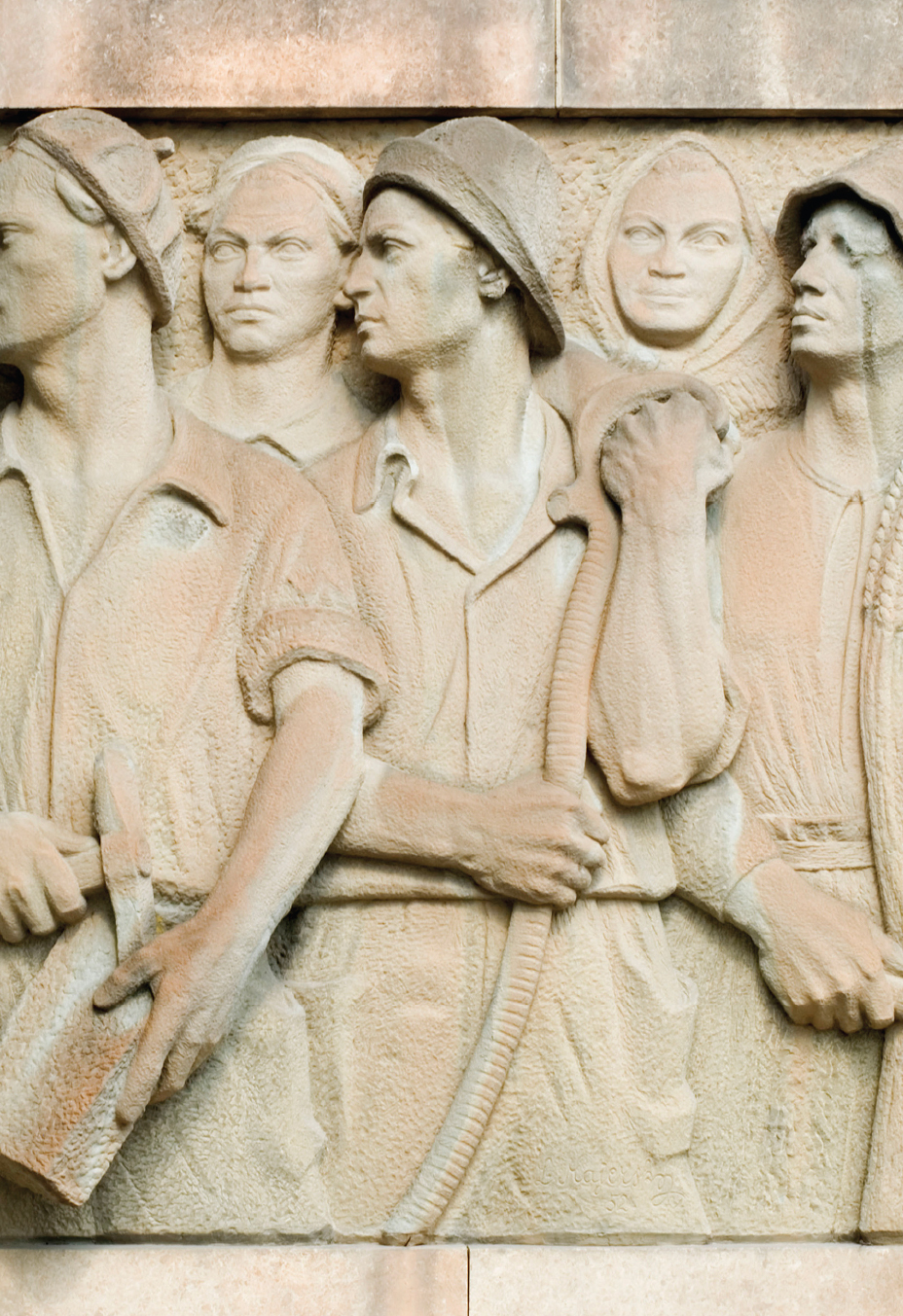Understanding Western Society
Printed Page 878
Introduction for Chapter 28
28
COLD WAR CONFLICT AND CONSENSUS
1945–1965
>What new social, cultural, and political trends emerged in the decades following World War II? Chapter 28 examines political, economic, and social developments in the two decades following the end of World War II. As Europeans struggled to recover from the devastation of war, the Allies worked to shape an effective peace accord. Disagreements between the Soviet Union and the Western allies quickly emerged and led to an apparently endless Cold War between the two new superpowers — the United States and the Soviet Union. This conflict split much of Europe into a Soviet-
LearningCurve
After reading the chapter, use LearningCurve to retain what you’ve read.

> CHAPTER CHRONOLOGY
| 1945 | 1953 |
| – Yalta Conference; end of World War II in Europe; Potsdam Conference; Nuremberg trials begin | – Death of Stalin |
| 1945– |
1955– |
| – Decolonization of Asia and Africa | – Khrushchev in power; de- |
| 1945– |
1955 |
| – United States takes lead in Big Science | – Warsaw Pact founded |
| 1947 | 1956 |
| – Truman Doctrine; Marshall Plan | – Suez crisis |
| 1948 | 1957 |
| – Founding of Israel | – Formation of Common Market; Pasternak publishes Doctor Zhivago |
| 1948– |
1961 |
| – Berlin airlift | – Building of Berlin Wall |
| 1949 | 1962 |
| – Creation of East and West Germany; formation of NATO; establishment of COMECON | – Cuban missile crisis; Solzhenitsyn publishes One Day in the Life of Ivan Denisovich |
| 1950– |
1964 |
| – Korean War | – Brezhnev replaces Khrushchev as Soviet leader |